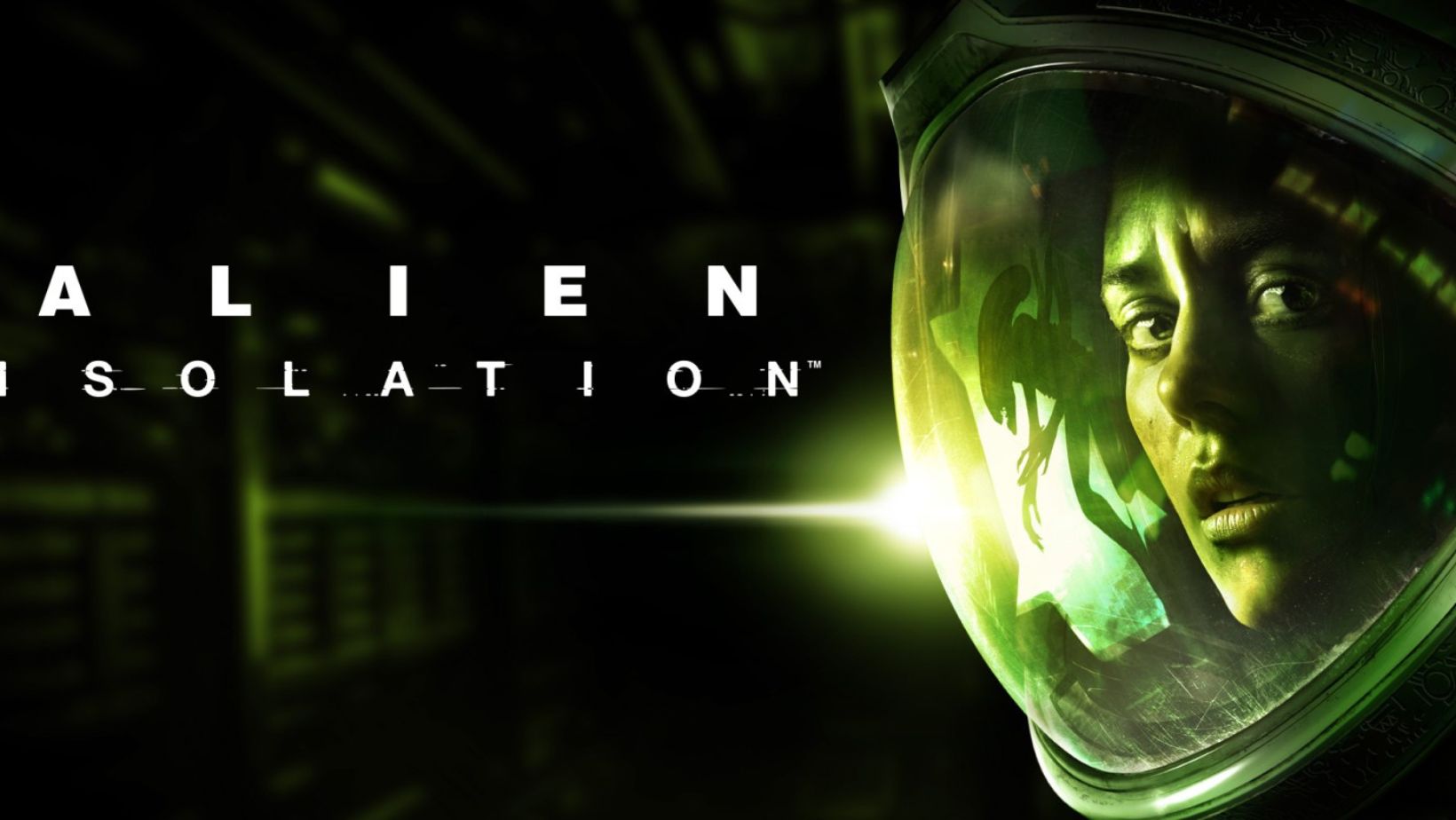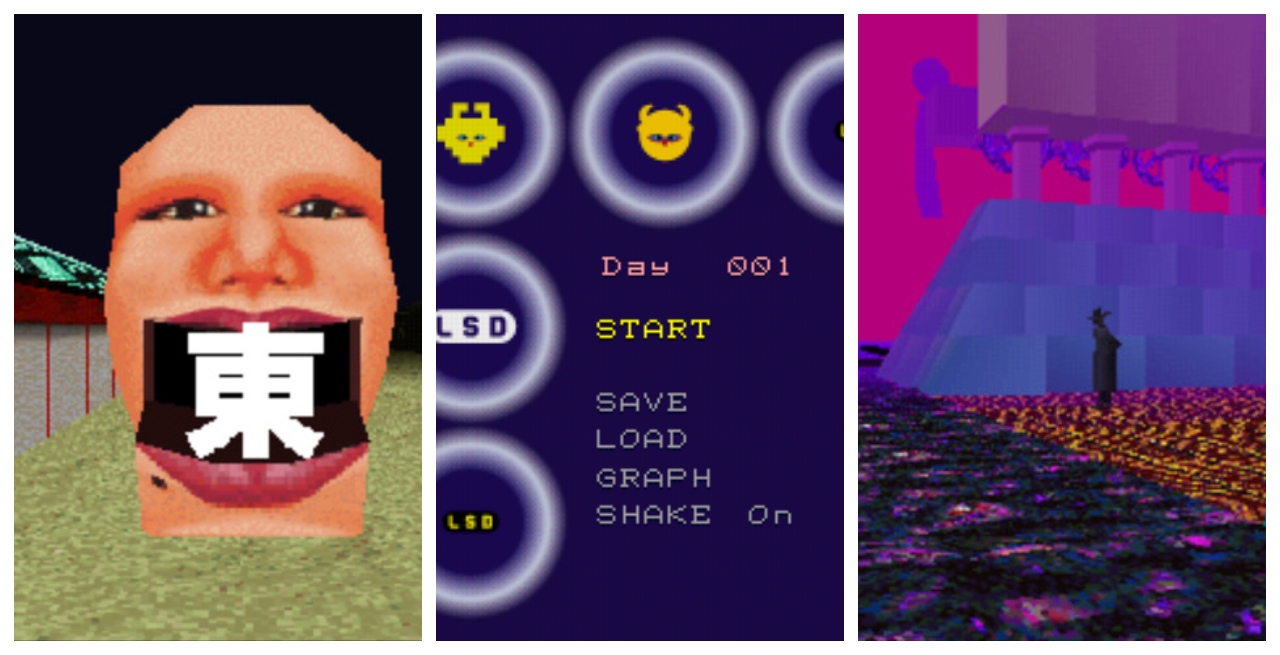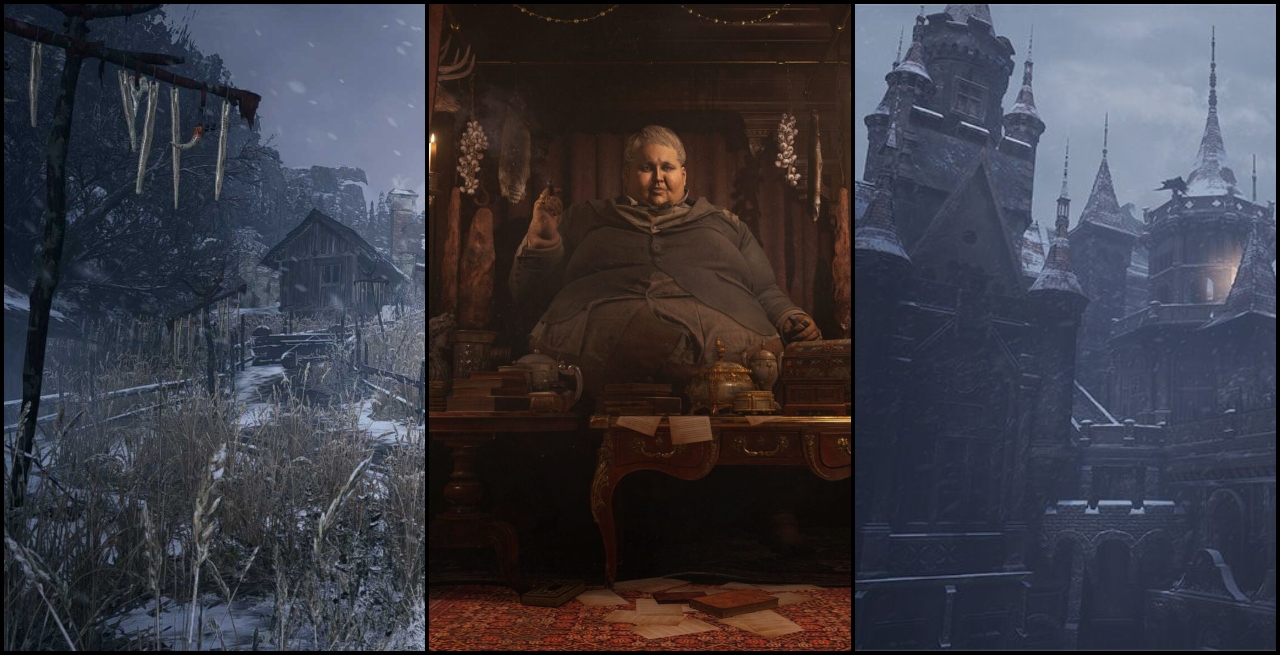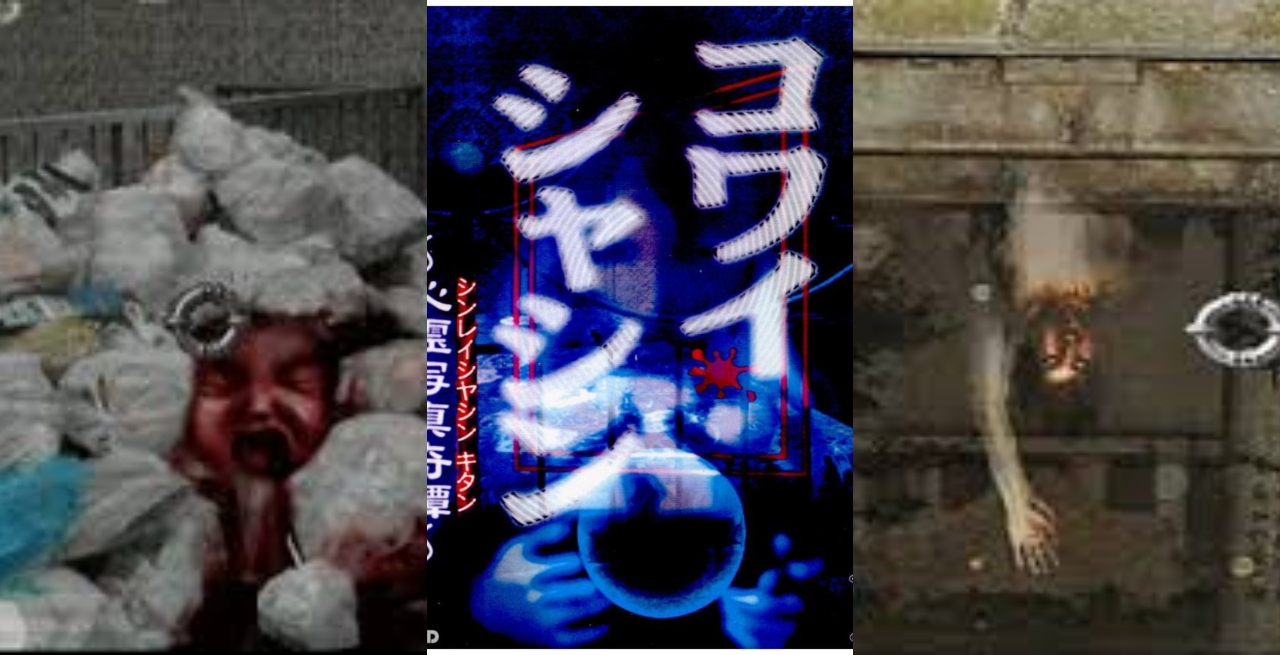
Hellslayers is an upcoming sci-fi survival horror table-top role-playing game inspired by the Doom franchise, created by designer Clifton Lambert, and being released under Fragging Unicorn Games. The game utilises the Mörk Borg TTRPG as a foundation; a unique system designed to be dissected to fit a multitude of different styles of home-brew games. However, Hellslayers implements a few new mechanics such as Painful successes, a means to beat a failed dice roll but at a severe cost, as well as modify existing mechanics such as Badass points (similar to Mörk Borg’s Omen system) that are awarded for different accomplishments made by Hellslayers and can be used to turn the tide of a battle.
“Earth is dying, and the last remnants of humanity grasp the slim hope that survival can be found beyond our home world. Perhaps this hope will be realized, but only if you can defeat the many threats that seek to finalize humanity’s extinction in space. You are a Hellslayer, expendable soldier sent into space stations, research facilities, Mars bases, star-ships, and other exo-terran locations that have become overrun with aliens, demons, or the results of experiments gone wrong. It is up to you and your team to complete these numerous “Suicide Missions” in preparation for the doomsday clock striking midnight, triggering the end of all life on earth and a final battle to create a sustainable habitat to continue our species’ existence amongst the stars.”
As stated in the rules (and is a fact with most TTRPGs), these can be seen as mere guidelines rather than strict pronouncements, with players encouraged to either drop certain aspects of the game deemed as confusing, annoying, or unnecessary and to create their own unique rules to change up the way the game is played for an adjusted level of difficulty. As a result, Hellslayers is an incredibly versatile game, able to be adaptable to encompass all different skill levels of veterans of TTRPGs as well as newbies such as me. Unfortunately, as with a lot of TTRPGs, the game does have somewhat of a difficulty spike to the comprehension of the game creation that a group of people new to the medium may have a hard time figuring out. Therefore, having at least one member of the group have some understanding of how these types of games work will certainly aid in overcoming this initial learning curve.
Hellslayers will require a number of different dice to play, making use of d20s, d10s, d8s, d6s, d4s, and d3s. Furthermore, a way to keep track of multiple different aspects of the game such as section information, character sheet, and room layout is necessary to retain a lot of the game’s “moving parts”. As the game is in its early stages, we had to create our own using assets from other TTRPGs, however, this may be liable to change by release.
My Campaign
After spending a fair amount of time familiarising myself with the rules, I gathered a few friends together and started to put together a campaign. The first step was to create our first mission; each mission is usually multiple sections long (randomly generated by a d3+1 roll), and each section is a single map comprised of an entrance room, d3+1 standard rooms, an objective room, a secret room, and an end room. However, the player’s first escapade is classed as a “Shakedown Mission”, a shorter, less difficult mission at only one section in length. As with most TTRPG, a lot of the game creation is left up to chance, with dice rolls left to make most of the creative decisions such as room size, room layout, section unlocks, room hazards and enemies, guaranteeing a unique level design every game. Sadly, the enemy roster is lacking any recognisable names from the Doom franchise, with Cacodemons, Mancubi, Arch-viles, and other well-known enemies are, unfortunately, lacking any use throughout. Instead, the players will be up against their legally distinct counterparts such as the Skull Flyer (Lost Souls), Bull Demon (Pinky Demons), Demon Warriors (Cyber Demons), Death Floaters (Cacodemons), and the Boss (Revanent). Nonetheless, the game comes with additional enemy types such as Zombies, Aliens, and Space Fascists, all with similar rosters of different enemy types. Furthermore, with the right (or wrong) dice roll while setting up, enemies from other types may also fill certain rooms of a section.
The Mission we ended up creating was termination-based, having to defeat the main boss enemy to be able to reach the end room and be able to return victorious. Up against the terrible Space Fascists (as space is the one place not corrupted by capitalism) in a linear line of 7 rooms filled to the brim with enemies and hazards at a resource centre, our fabled Hellslayers arrive by tram (of all things) and fight their way to an experimental portal to exfiltrate that I dubbed Operation Death Kill (I shouldn’t be allowed to name things).
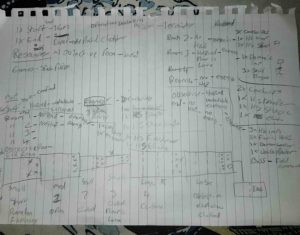
After the creation of our mission, it was time to create our Hellslayers. We were able to choose between four different yet equally important MOS classes—Grunt, Medic, Scout, and Engineer—each with their own collection of starting gear, equipment, traits, and powers. Similar to the mission creation, the majority of the character production is left to the dice to choose. Deciding on your incredibly limited equipment, power, and traits, your first Hellslayer is going to be fairly weak at the beginning of a game and is more than likely going to meet an unfortunate end during these suicide missions. However, death is hardly the end, with dead characters being able to still be revived up to ten turns after their demise if a surviving Hellslayer has the right gear. If a character is unable to be revived by this time, the player creates a new, stronger Hellslayer based on their accomplishments across the campaign. Assigned with more, better equipment, this new slayer is sent into battle to take vengeance on the enemy that destroyed you.
Before we started our first mission, we rolled a 2d6 to progress the Doomsday clock—some flavour text to aid in the expansion of the game’s apocalyptic setting. This has very little impact on the game itself and is instead a small amount of world-building that is a nice touch, adding a nice reminder that our time is limited. Due to our roll, A MAC construction site was revealed to be building a massive temple to demonic entities. When it is complete, all Hell is going to break loose… Hooray!
Arriving by tram to the start room, we were introduced to the combat mechanics instantaneously as we were greeted by a horde of abhorrent space fascists. Game-play is incredibly fast-paced and action heavy similar to its inspiration, with very few choices other than fight, take cover (if the randomly generated room allows for it) and move between the room segments (the larger the room, the more segments a room contains) to close the gap between you and the enemy, which, rather than feel limited, undoubtedly increased both the speed of each turn and ferocity of the fight. Each turn is made up of two actions; some actions such as movement take up one action whereas the pistol can be fired twice in a single action, giving the player a great opportunity to deal a great amount of damage to the enemy as well as perform other actions. After our first few attacks, the “Painful Success” mechanic of the game really made itself known.
This newly implemented game-play element negates a failed roll if the player chooses to do so, still performing the action of a positive roll but at a much higher cost. The most notable seen in our first mission was firearms-based, being able to hit a targeted enemy and deal damage but at the cost of using an additional d4 rounds from your equipment. However, Painful Successes can be utilised in all manner of different rolls to turn an initial failure into the clutch that saves a life or completes the mission.
After everyone had stopped screaming (including us), combat had concluded and it was time to collect the precious loot from our fallen foes. Each enemy drops a lot of useful items (depending on the enemy type), rewarding players with new, powerful weapons and ammo to replenish their stock. Additionally, the room itself can be looted for more useful goodies. Each successful loot roll allows the player to roll a d8 to select an item from one of two different loot tables. This can seemingly be repeated several times, with the initial requirement of twelve being increased by 2 with each sequential roll until the requirement is not met, where a painful success is implemented, allowing for one more piece of loot at the expense of no longer being able to loot the room.
Armed with better equipment, we continued on to the next room and met our next group of foes. Combat, once again, followed a fairly similar formula of run-and-gun action, yet these conflicts hardly ever felt repetitive in any respect, still allowing for a fair amount of strategy and teamwork throughout.
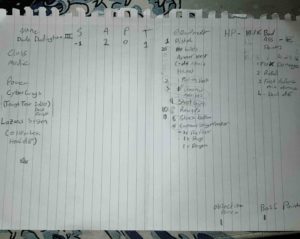
Due to the section layout we rolled, no secret room was implemented so it was a straight fight to the objective room containing the final boss. Unfortunately, due to a bad roll during creation, the Space Fascist had called his boy Satan for backup and was surrounded by a multitude of top-tier demons instead of other weaker fascists. This undoubtedly increased the difficulty of the final stretch, requiring some tight strategy, liberal use of the Painful Success, and a lot of luck, but were able to complete our mission and defeat the boss with minimal casualties in the end. Thankfully, the exit room was devoid of any enemies and we exited the section through an experimental portal.
Although my friends and I only played a shakedown mission (that took us around 5 hours to complete due to the learning curve), Hellslayers was certainly a captivating experience overall. Our reservations about the game’s difficulty and repetitiveness were soon replaced with giddy glee as our understanding of the game increased and our actions became fluid and calculated, overcoming insurmountable odds and our Hellslayers emerging victorious… and alive. As soon as the game had finished, we were soon discussing our next mission and how our newly obtained equipment will aid in our next fight. The game had undoubtedly enamoured us with its fast-paced action and allusions to the Doom series (one of my favourite game franchises).
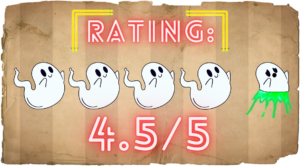
Check out some game-play from the creator Clifton Lambert on his Youtube channel below
Hellslayers is currently in the crowd-funding stages of production. Follow their Kickstarter page here for upcoming details.
More Game Reviews
After Spending 20+ hours with Alien Isolation, I can say that it’s one of the best modern horror games in a long while, from its Gameplay to its sound design:… LSD Dream Emulator is a PlayStation video game released in 1998 by Asmik Ace Entertainment, based on an MS-DOS program created in 1992 by Osamu Sato. Basically, the game consists… As a gamer, it took me a long time to get around to playing any visual novels. With the assumption that all visual novels were redundant dating sims, I avoided… Recovering from trauma caused by the Louisiana incident of 2017, Ethan Winters now attempts a peaceful life with his wife, Mia, and his newborn daughter, Rosemary, in the faraway continent… For those who have been living under a rock for the last few years, Vtubers are a popular format of streamers who use an animated avatar in the style of… Hello, fellow weirdos! Today, we are delving into the Kowai Shashin, a purportedly cursed Japanese video game with a fascinating marketing strategy that incorporates urban legends and exploits the naivety…Alien Isolation (2014) Game Review – In Space, No One Can Hear You Poop Yourself
LSD: Dream Emulator (1998) Game Review- What a Lovely, Sweet Dream
Saya no Uta (2003) Game Review – Lovecraftian Horror Visual Novel
Resident Evil Village Review – Capcom’s Return to Form
Hololive Error Teaser Demo – Video Content
Japan Deep Dive: The Curse of Kowai Shashin (2002)

Hey there, I’m Jim and I’m located in London, UK. I am a Writer and Managing Director here at Grimoire of Horror. A lifelong love of horror and writing has led me down this rabbit hole, allowing me to meet many amazing people and experience some truly original artwork. I specialise in world cinema, manga/graphic novels, and video games but will sometime traverse into the unknown in search of adventure.
